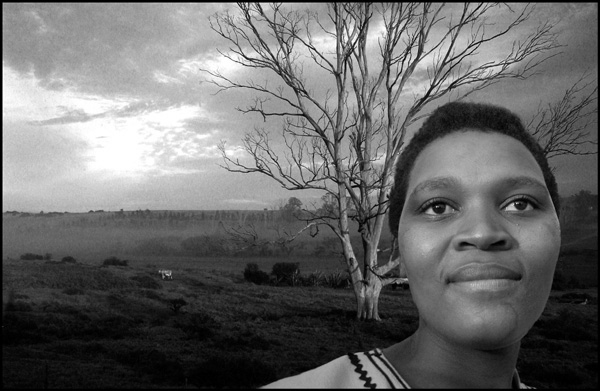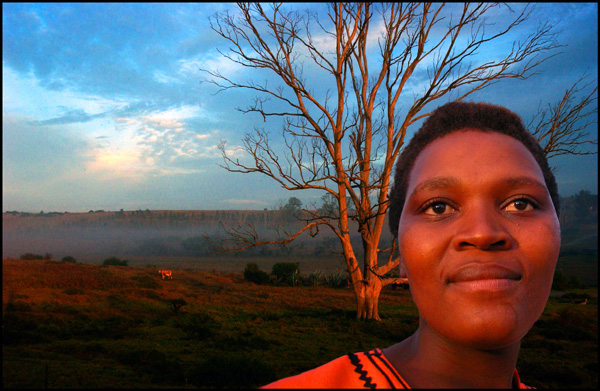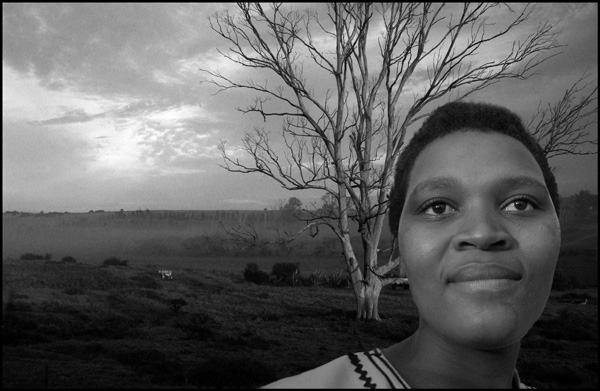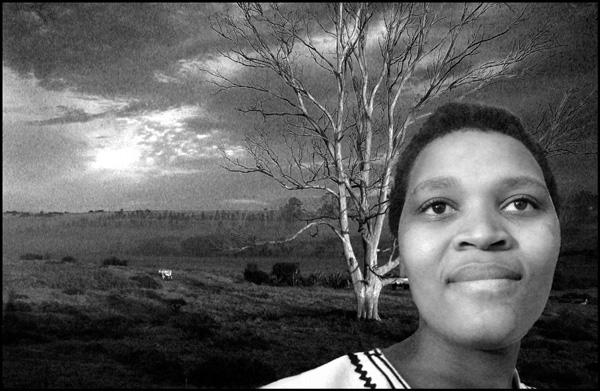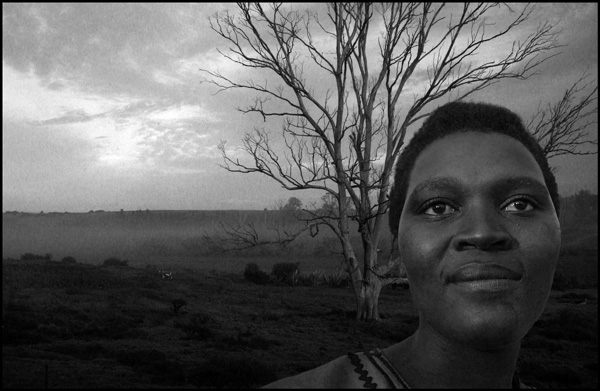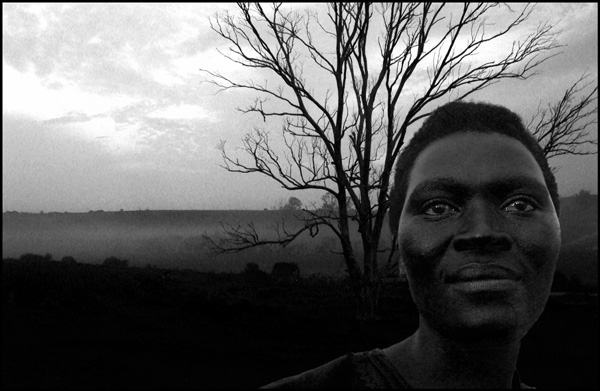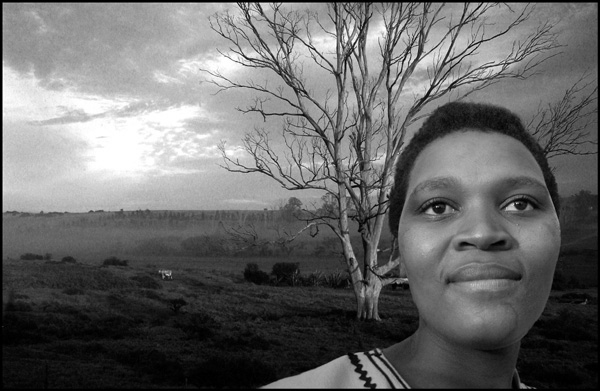| Color vs Black and White |
 |
| Written by Pedro Meyer |
|
When someone is asked to predict the future, and the question is presented in such a way that they need to be specific, more often than not, the only response will be "I don't know". It goes without saying that we really never "know", especially when predicting the future. Therefore, the option to respond to such a question other than the evasive "I don't know", would be to just speak out as to what our intuition tells us or the facts that we happen to know up to that point, implicitly accepting that we are willing to be proven wrong, when the time comes for that to happen.
I have already predicted elsewhere the gradual demise of film, over the coming decade (you will probably hold my feet to fire on that one). Well, now I am willing to add another prediction, that photographers will increasingly produce in color, in particular those that did their personal work mostly in black and white.
For this to happen in the coming years (less than a decade), photographers will be moving over from film to digital. And they will be doing so in droves, as the available technology will deliver even higher resolution than film could. This is the clincher that will prove to be irresistible. This is not even taking into account that the digital cameras presently available, and which already are on a par with their film based models, will become even more advanced and efficient than they are today. I could obviously add the fact that those who use photography to earn a living, will have no other option than to deliver their work in digital form.
I already take for granted that most photographers will be working in the digital format (today as you read this, over 50% of cameras sold are digital, and there is not a single camera manufacturer of professional equipment that does not also make digital cameras). Therefore, one of the interesting outcomes to observe, and which is based not only on my personal experience but that of a number of other colleagues that use digital cameras, is that, we are all starting to increasingly "see" in color, where as before we mostly did so in black and white.
I love black and white photography, but now that I have the tools to work with color with the same degree of ease as it was to work in B&W earlier. I find that more and more of my personal work has gone precisely in this direction. I now have begun to see in color, when before I would have not even bothered with such subject matter. These days even when you intend to use black and white as the ultimate expression of the image, it is best to make the picture in color, and from there, with the appropriate filters you can end up with a black and white file.
For those who are technically oriented, let me briefly discuss the reasons for starting with color and then moving over to a B&W file. Assuming your final intention is to end up with a B&W image you have several options for achieving this, but do start with a color image, even though some cameras have a setting for making the picture in gray scale. You will end up with a better result always, as you will be able to see here, if you take the image in color.
The reason is quite simple, either in color or in B&W the camera will produce an RGB (red-green-blue) file, only that the black & white looking image is the equivalent to what you can produce with software, on your computer, when you desaturate a color file. It is important to make the distinction between a desaturated RGB file and one that has been transformed to a grey scale image. In the former, the three channels (RGB) remain, albeit desaturated, to become a black and white picture; in the latter, the image is brought down to one single channel and therefore is 1/3 the size. In either instance the image "looks" for practical purposes the same on the screen. However the number of pixels are not.
You will see later on, why neither of these two options is actually the best way to go to make good B&W images.
A If you take the color picture above, and transform it into a gray scale image with your favorite software, you will get the image below. You can also desaturate it, and arrive at the same looking image.
B The first thing that you will notice is that it looks very flat. The tonal personality the color image had is gone. However there is a different route which you can take to save the day.
In your favorite image editing program, you can go into your channels panel and view your RGB picture in each of your three channels –red-green-blue- as seen below. You will see how the color image is separated into each of the corresponding color filters. For instance, you will see a B&W picture through a red filter, or through the green or blue filter.
Then you order your software to separate the channels (as seen below), after which you can retain the channel which represents the image closest to your personal choice. In doing so, you have to realize that you will only retain 1/3 of the pixels of the original image, thus your final file size is considerably reduced.
C However, there is an even better alternative, starting with your color image, you apply a NIK black and white filter which essentially gives you the option of viewing your picture through the various color channels on a sliding scale, instead of the fixed alternatives when the channels are split.
What this accomplishes is to give you the opportunity to choose how much filtration of any one channel you want, and in addition it provides you with a gray scale file as large as your original color/ RGB picture.
You have not lost any pixels and you end up with the best tonal selection for your black and white picture.
With all of these examples in mind, it stand to reason that photographers interested in maintaining a black and white esthetic, will be better served to start out with a color RGB file and work their way down from there.
However, I can also assure you that once you discover that making color prints is just as easy as the black and white ones, you will slowly be tempted to get your feet wet in trying out doing color images, slowly at first, but then at an ever increasing pace. Assured as you are that you can always do the image in black and white if need be.
I therefore predict that the number of photographers migrating from B&W to color is going to be phenomenal, and the work done in black and white is going to be ever more potent, as the image chosen to be in this style, will be for the specific reason that it's the best option, and not just because you happened to have had a roll of B&W film in your camera.
Pedro Meyer
For comments post a message in our forum section at ZoneZero
http://zonezero.com/editorial/septiembre02/september.html
|

